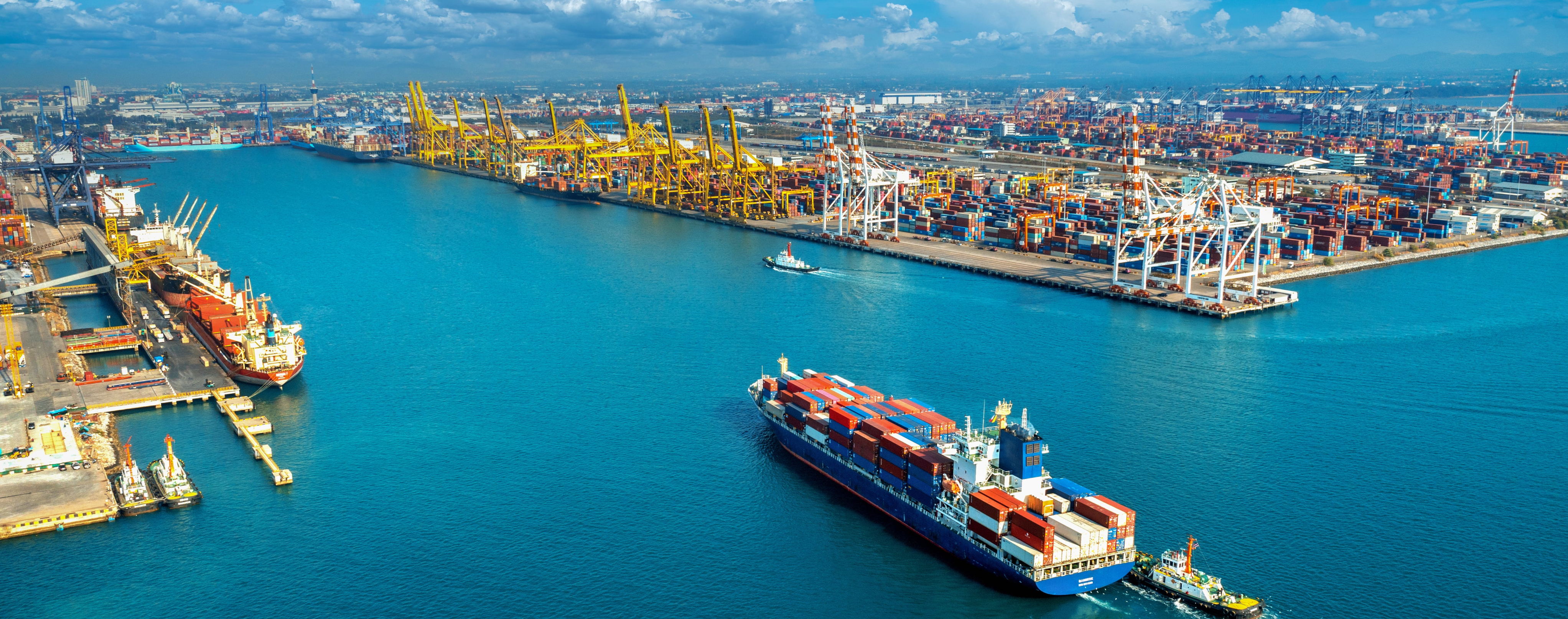The pandemic has presented significant challenges to the global supply chains. In HKTDC’s latest quarterly survey of Export Index, proportion of Hong Kong exporters who were deeply affected by the pandemic dropped significantly, from 56.7% in the previous quarter to 33.1% in the first quarter of year 2021. The most common adverse impact of the pandemic is the shrinking of order size, yet a growing number of local exporters are facing challenges brought by disruptions of logistics and distribution such as restricted container supply and soaring shipping costs.
According to BIMCO, severe imbalance in container distribution between different markets, congestion in ports and equipment shortage continues in 2021. The freight rate raised with considerable surcharges, long delays of shipments, container shortage. All these interrupted supply chain management.
Vessel delays build up the cost of port congestion for container lines – reduced services and lost of revenue. A lot of Asian manufacturers worked through the Lunar New Year in order to meet the surging export demand. Shipping schedules are not back on track yet, the carriers cannot clear the port backlogs accumulated since last year.
While the continuous worldwide travel restriction makes air freight capacity ambiguous, ocean freight remains a more practical and desirable alternative. Despite the freight rates are on record-high, shipping cargo by sea is consider a competitive option, economical than air cargo and a cost saver in the post pandemic era.
With governments around the world continue to provide support to personal income for pandemic recovery, BIMCO expects spending on goods will continue to be high, promoting demand for container shipping. In Greater China, Taiwan’s Wan Hai Lines anticipated their 2021 outlook for container shipping remained positive although challenges were in. The four major challenges are market changes swiftly due to pandemic influence, steep rises in charter rates, high oil price deepens the cost and pricing pressure.

In a pandemic survey conducted by Everstream Analytics among supply chain professionals, more than half of the respondents would implement proactive supply chain management processes to reduce risk in the coming months. Technologies can accelerate decision making and improve supply chain resilience.
If you need advice from a reliable supply chain management service supplier in Greater China, contact our professional team.